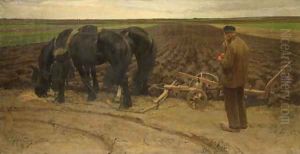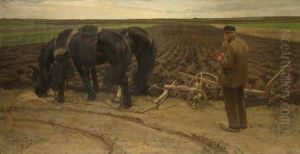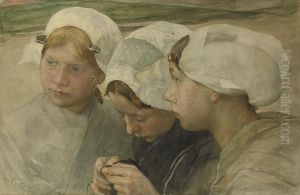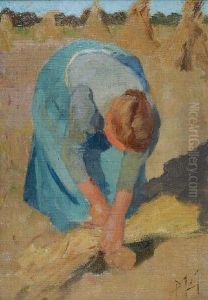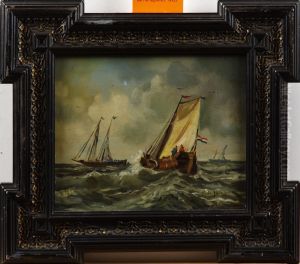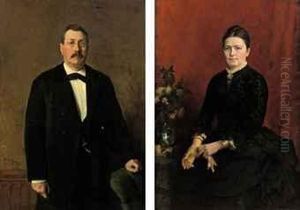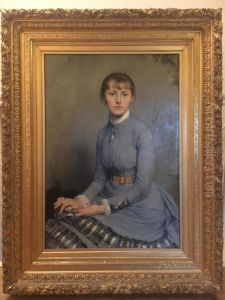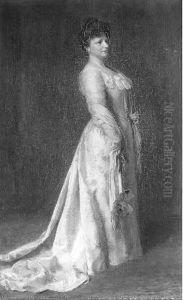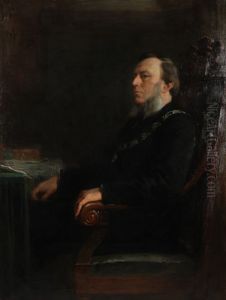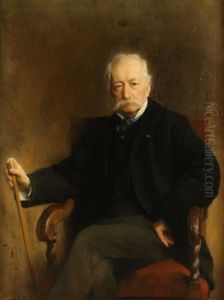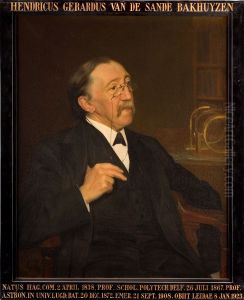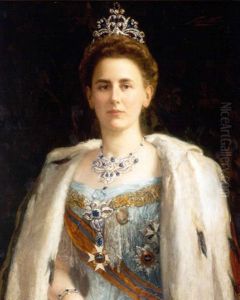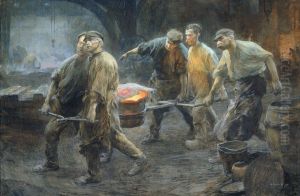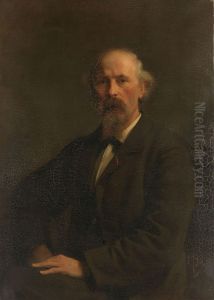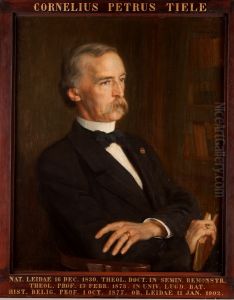Pieter De Josselin De Jong Paintings
Pieter De Josselin De Jong, a notable Dutch painter and artist, was born on April 18, 1861, in Sint-Oedenrode, Netherlands. He was a prominent figure in the Dutch art scene of the late 19th century and was particularly known for his realist works that depicted everyday life with a sense of immediacy and vivid expression.
De Josselin De Jong was a student at the Royal Academy of Art in The Hague, where he was taught by renowned artists such as Johan Philip Koelman and Jacob Maris. His education there significantly influenced his early work, which was characterized by the use of light and color that was typical of the Hague School. However, as his style developed, De Josselin De Jong began to forge a distinct path, focusing more on the interplay of light and shadow and the dynamics of human figures within their environments.
Throughout his career, De Josselin De Jong became known for his genre scenes, portraits, and a variety of subject matter including interiors, cityscapes, and social gatherings. His work displayed a masterful control of color and a sensitivity to the materiality of his paint, which he applied with a confident, yet nuanced touch.
Despite his talent and the recognition he received during his lifetime, Pieter De Josselin De Jong's life was cut short when he died on February 2, 1906, in Laag-Keppel. His death was a loss to the Dutch art community, which had come to admire his ability to capture the subtleties of light and human character. Today, his works can be found in various Dutch museums and collections, where they continue to be appreciated for their contribution to the realism movement of the period.
